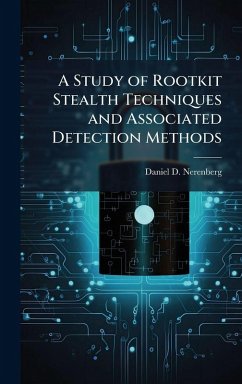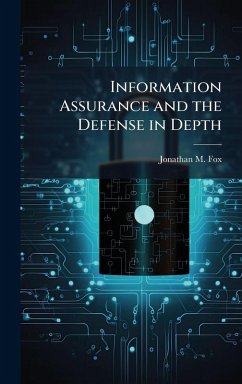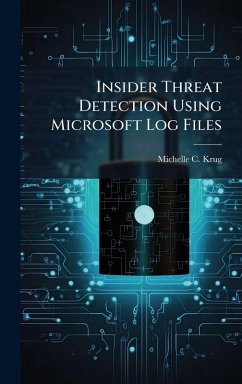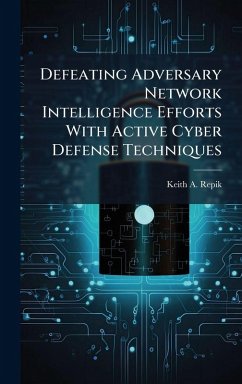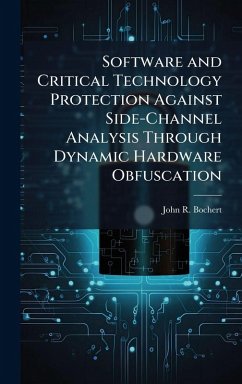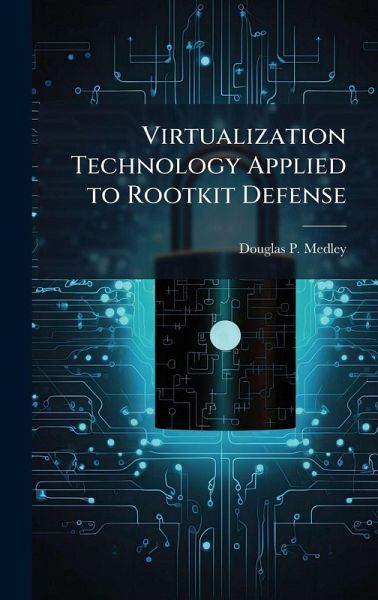
Virtualization Technology Applied to Rootkit Defense
Versandkostenfrei!
Versandfertig in über 4 Wochen
27,99 €
inkl. MwSt.
Weitere Ausgaben:

PAYBACK Punkte
14 °P sammeln!
This research effort examines the idea of applying virtualization hardware to enhance operating system security against rootkits. Rootkits are sets of tools used to hide code and/or functionality from the user and operating system. Rootkits can accomplish this feat through using access to one part of an operating system to change another part that resides at the same privilege level. Hardware assisted virtualization (HAV) provides an opportunity to defeat this tactic through the introduction of a new operating mode. Created to aid operating system virtualization, HAV provides hardware support ...
This research effort examines the idea of applying virtualization hardware to enhance operating system security against rootkits. Rootkits are sets of tools used to hide code and/or functionality from the user and operating system. Rootkits can accomplish this feat through using access to one part of an operating system to change another part that resides at the same privilege level. Hardware assisted virtualization (HAV) provides an opportunity to defeat this tactic through the introduction of a new operating mode. Created to aid operating system virtualization, HAV provides hardware support for managing and saving multiple states of the processor. This hardware support overcomes a problem in pure software virtualization, which is the need to modify guest software to run at a less privileged level. Using HAV, guest software can operate at the pre-HAV most privileged level. This thesis provides a plan to protect data structures targeted by rootkits through unconventional use of HAV technology to secure system resources such as memory. This method of protection will provide true real-time security through OS attack prevention, rather than reaction. This work has been selected by scholars as being culturally important, and is part of the knowledge base of civilization as we know it. This work was reproduced from the original artifact, and remains as true to the original work as possible. Therefore, you will see the original copyright references, library stamps (as most of these works have been housed in our most important libraries around the world), and other notations in the work. This work is in the public domain in the United States of America, and possibly other nations. Within the United States, you may freely copy and distribute this work, as no entity (individual or corporate) has a copyright on the body of the work. As a reproduction of a historical artifact, this work may contain missing or blurred pages, poor pictures, errant marks, etc. Scholars believe, and we concur, that this work is important enough to be preserved, reproduced, and made generally available to the public. We appreciate your support of the preservation process, and thank you for being an important part of keeping this knowledge alive and relevant.




